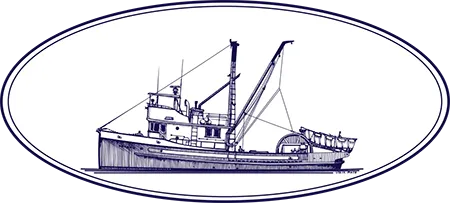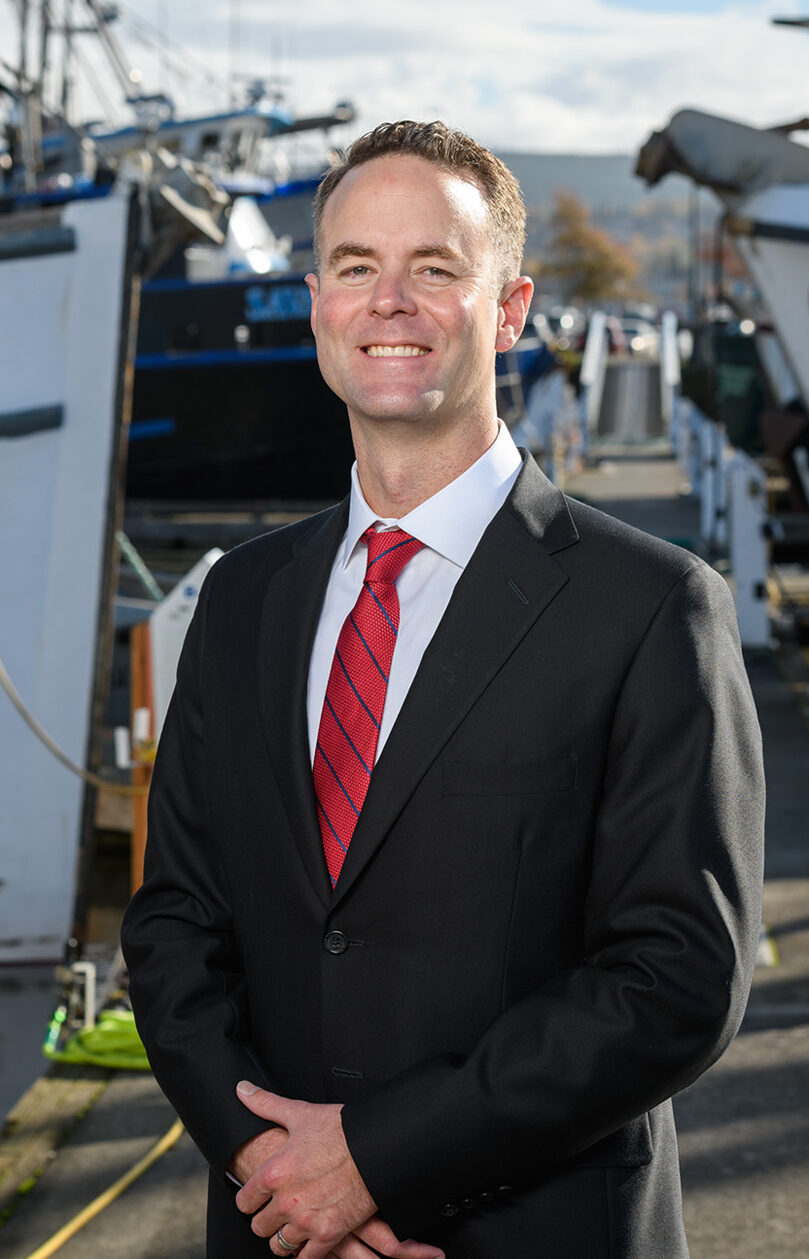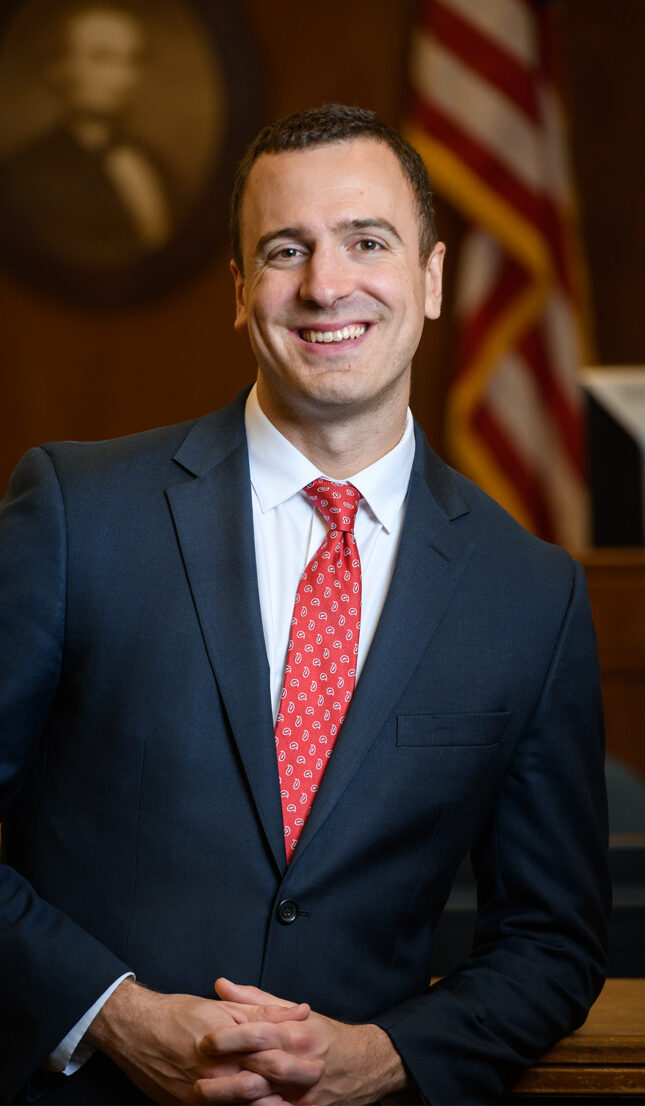Anderson, Connell & Carey has being fighting to improve fishing vessel safety for 30 years. We have fought hundreds of lawsuits to penalize vessel owners for negligence and unseaworthy conditions. To date governmental regulation has been limited. For decades industry lobbyists have opposed inspection of fishing vessels and license requirements for shipboard personnel.
The fishing industry and fishing-related jobs have kept 11,836 people employed on Port of Seattle properties, proof that maritime activity is as vital to Seattle’s economy as it is to its heritage.
Data from the “2003 Economic Impact Report of the Port of Seattle Seaport” shows that the annual income for commercial fishing industry jobs tied to Port properties was about $72,000. Port facility fishing business has generated more than $846 million locally in wages and salaries, more than $83 million in local and state taxes, and more than $113 million in local purchases.
This report also included other properties tied to the Port, such as the Maritime Industrial Center and Piers 90 and 91, which cater to large catcher-processor vessels and cold-storage facilities.
Between the three properties, the Port has invested more than $111 million in improvements that benefit Seattle’s commercial fishermen who use the facilities to tie up, store, and maintain their boats.
Located on Seattle’s Ship Canal, which connects Lake Washington with Puget Sound, Fisherman’s Terminal has been home to the North Pacific Fishing Fleet for over 90 years. The Terminal has more than 700 commercial fishing boats and workboats, as well as 371 separate mooring slips. It is also the center of a bustling commercial district with restaurants, marine brokerage houses, shops, banks, and more.
To find fresh fish in Seattle, one only has to go as far as Fishermen’s Terminal. Seafood can be bought directly from the fishing boats or from the adjacent market that provides a range of services to customers visiting the Terminal.
Currently, the Terminal is undergoing some changes. The Seattle Fishermen’s Memorial, which commemorates those who have lost their lives at sea, has been moved to accommodate construction. Once the docks are reconfigured for new fishing vessel sizes, and the electrical system is updated, the Memorial will be back in its original spot–and the Fisherman’s Terminal will continue to enjoy the distinction as a first-rate facility.
At Pier 91, the much needed dock replacement has created a safer and more fluent working environment for dockworkers, including commercial fishermen who bring in their daily catch and truckers who bring provisions to the fishermen. Furthermore, the replacement of creosote-coated wooden pilings and pier decking with more environmentally friendly concrete makes the water surrounding the piers more hospitable to sea life.
Activities open to the public at or near the Port docks include Seafair Fleet Week and Fishermen’s Fall Festival. Every year during Seafair, the Port hosts the U.S. Navy, which opens up several of its ships for public viewing. This Pacific Northwest tradition showcases a strong naval and maritime heritage.
Fishermen’s Fall Festival, a daylong celebration, honors commercial fishing and the people involved in the industry. The Festival’s proceeds go to the Seattle Fishermen’s Memorial Committee, a nonprofit organization that provides aid to families who have lost loved ones at sea.











